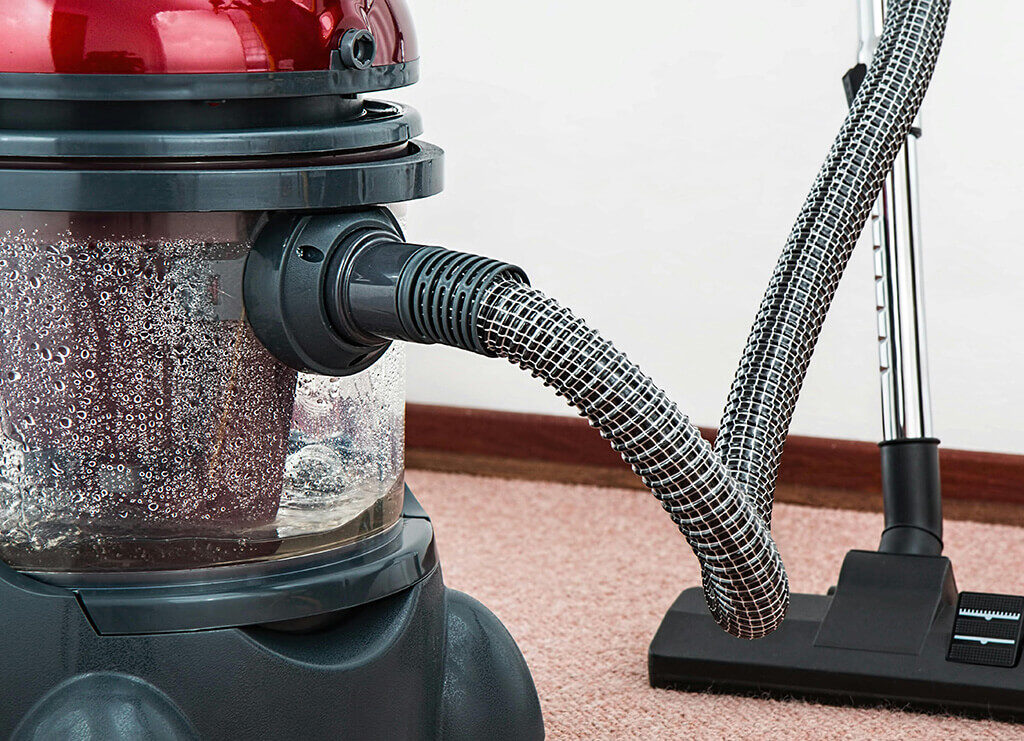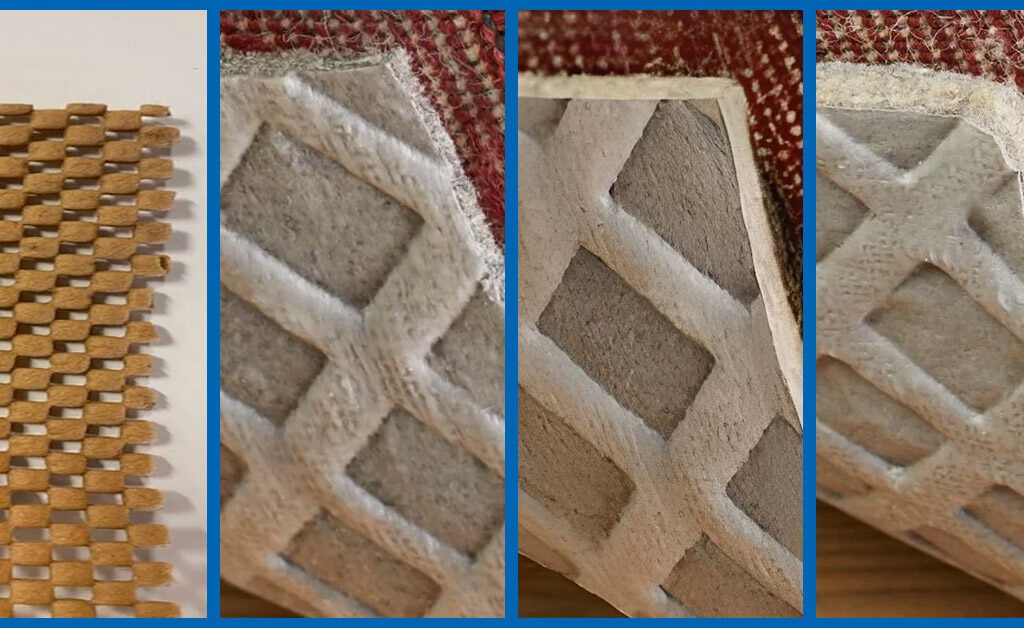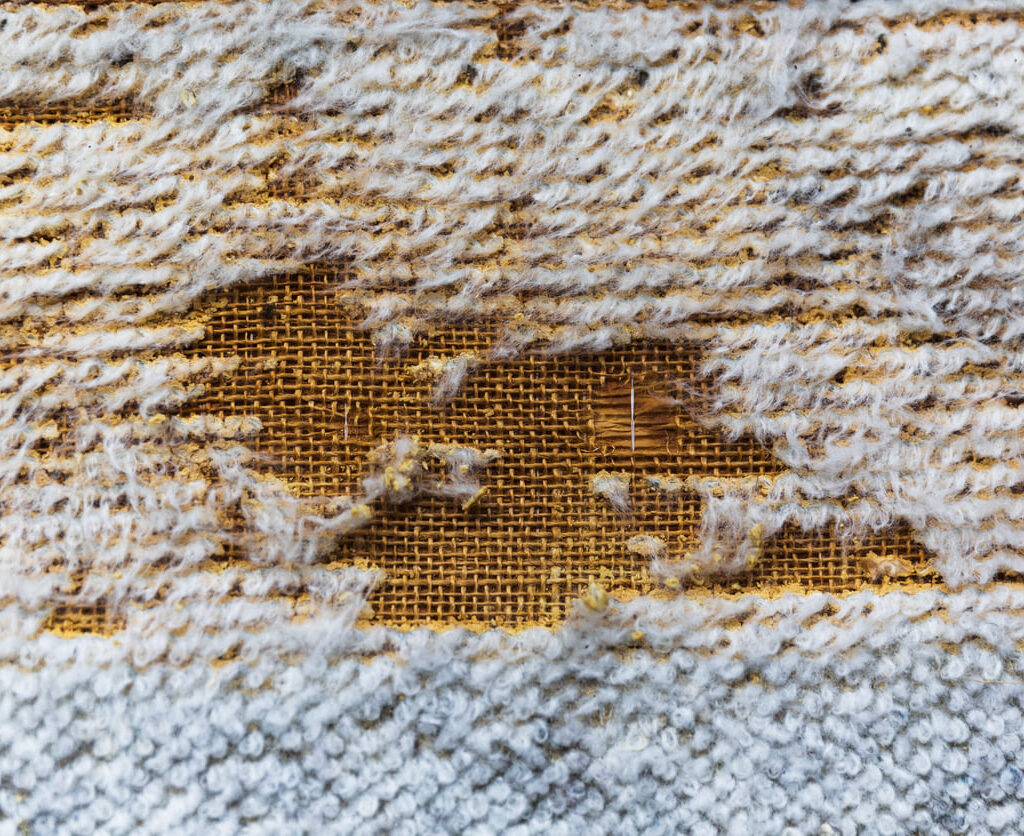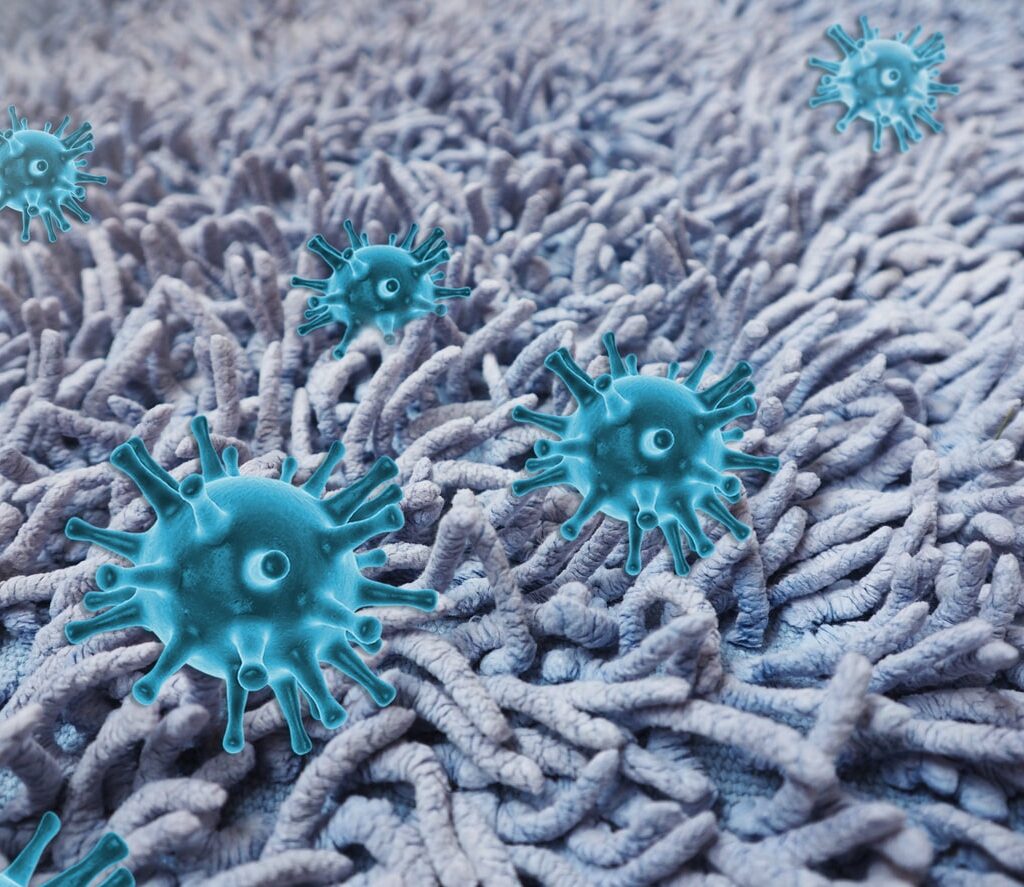Drying time after a professional carpet cleaning matters for both convenience and health. The longer a carpet stays damp, the higher the risk of mould growth and damage to the carpet and underlying flooring. In Canada’s climate, drying can take anywhere from a couple of hours to half a day, depending on the method used, the skill of the technician, and indoor conditions.
This guide explains how long carpet takes to dry after cleaning, what factors influence the timeline, and what you can do to speed it up while maintaining carpet quality.
Typical Carpet Cleaning Drying Time
Drying time depends heavily on the cleaning method.
- Hot water extraction (steam cleaning) uses heated water under pressure, followed by strong vacuum extraction. Even with efficient removal, carpets usually take 6 to 12 hours to dry completely. This is the method most manufacturers recommend or require to maintain warranty coverage.
- Low-moisture or dry cleaning systems use minimal water, focusing on surface cleaning. Drying typically takes 2 to 4 hours, making it more convenient if you need to use the area quickly. However, it may not meet warranty requirements or clean as deeply.
These are averages. Your actual carpet cleaning dry time can be shorter or longer depending on other factors such as humidity, airflow, carpet type, and soil level.
Factors That Affect Carpet Cleaning Drying Time
Several conditions influence how long it takes for carpet to dry after cleaning.
1. Cleaning Method
As outlined above, hot water extraction takes longer because it uses more water. Low-moisture methods dry faster but may not be as thorough.
2. Technician Skill
An experienced cleaner will apply the right amount of water and extract it efficiently. Inexperienced technicians may over-wet the carpet, which can lead to drying times well beyond the normal range and may cause odours or damage to adjacent flooring. For a deeper understanding of when it is worth calling in experts, see our guide on why send your rugs to the pros.
3. Environmental Conditions
Humidity, temperature, and airflow all play a role.
- High humidity slows evaporation.
- Warmer temperatures speed it up.
- Strong air circulation replaces damp air with dry air, making carpets dry faster.
In humid Canadian summers, you may need air conditioning or dehumidifiers. In dry winters, opening windows for cross-ventilation can be effective.
4. Carpet Type and Construction
Natural fibres like wool absorb more water and take longer to dry than synthetic fibres like nylon or polyester. Deep-pile carpets also hold more moisture than low-pile ones.
5. Initial Condition and Soil Level
If it has been a long time since your last professional cleaning, more water may be needed to remove heavy soiling, which increases drying time.
How to Reduce Carpet Drying Time
You can shorten carpet cleaning drying time with a few simple steps:
- Ventilation – Open windows and doors to allow cross-ventilation. Even slightly open windows can help.
- Air circulation – Use ceiling fans or portable air movers to push air across the carpet surface.
- HVAC systems – In hot, humid weather, run the air conditioner to lower indoor humidity.
- Dehumidifiers – Especially useful when ventilation is limited or humidity is high.
- Limit foot traffic – Walking on damp carpet can flatten fibres, transfer dirt, and slow drying.
For spot cleaning between professional visits, you can try safe mixtures from our homemade rug cleaning solutions guide.
How Quick Carpet Drying Protects Your Home
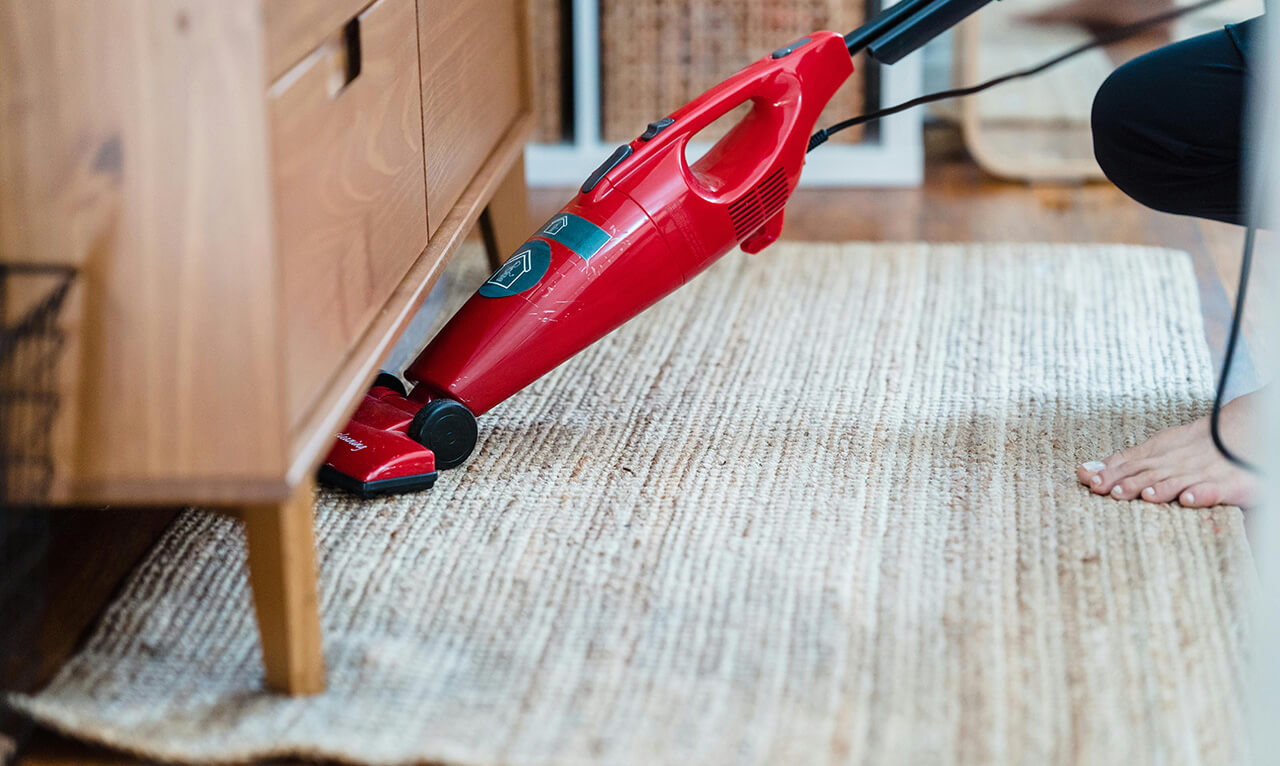
According to Health Canada, carpets and furnishings are less likely to develop mould if dried within 48 hours. Mould can trigger allergic reactions, cause respiratory issues, and damage materials long after the carpet has dried. Prolonged dampness can also weaken carpet backing, loosen adhesives, and cause damage to subflooring.
Maintenance and Long-Term Drying Benefits
Regular professional cleaning every 12 to 18 months, or more often for high-traffic areas, helps maintain appearance and shortens future drying times by reducing soil load. Following industry standards, such as those from The Carpet and Rug Institute, also helps maintain your carpet’s appearance and ensures the cleaning method aligns with manufacturer guidelines.
FAQs About Carpet Drying Time
How long does it take for carpet to dry after cleaning?
On average, carpets cleaned with hot water extraction take between 6 and 12 hours to dry. Low-moisture methods are much faster, often drying within 2 to 4 hours. This can vary depending on the weather, airflow in your home, and the type of carpet you have. Using fans, running your HVAC system, and limiting foot traffic can help bring drying times toward the lower end of these ranges.
How long do carpets take to dry after cleaning if the humidity is high?
High humidity slows the drying process because the air is already saturated with moisture and cannot absorb much more. In this case, carpets can take several hours longer to dry than usual. Using air conditioning or a dehumidifier can reduce humidity levels and make drying more efficient.
How long for carpet to dry after cleaning in winter?
In Canadian winters, the air is usually dry, which can speed up drying. With good indoor heating and airflow, carpets can sometimes dry in less than 6 hours. Opening windows briefly for cross-ventilation can help, but only if outdoor temperatures are not extreme.
Can walking on a damp carpet affect drying?
Yes, walking on a damp carpet can compress the fibres, reducing airflow around them and slowing evaporation. It can also transfer dirt back onto the freshly cleaned surface and potentially damage the carpet backing if too much pressure is applied. It is best to keep foot traffic to a minimum until the carpet is fully dry.
Is there a difference between carpet drying and complete curing?
Drying means the carpet feels dry to the touch on the surface. Complete curing means that all layers of the carpet, including the padding underneath, have released their moisture. Even if the surface feels dry, deeper layers may still be damp, so continuing ventilation for several more hours can help ensure complete drying.
Final Thoughts
How long carpet takes to dry after cleaning depends on method, technician skill, environmental conditions, carpet type, and soil level. While low-moisture methods dry faster, hot water extraction offers a deeper clean and may be required for warranty compliance.
No matter which method you choose, keeping drying time under 48 hours is critical for health and carpet longevity. By improving ventilation, using fans or dehumidifiers, and avoiding unnecessary foot traffic, you can speed up drying and protect your investment.
Need your rugs or carpets cleaned and dried quickly without risking mould or damage? Get an instant price estimate here and see how our team can restore and protect your flooring with care.

